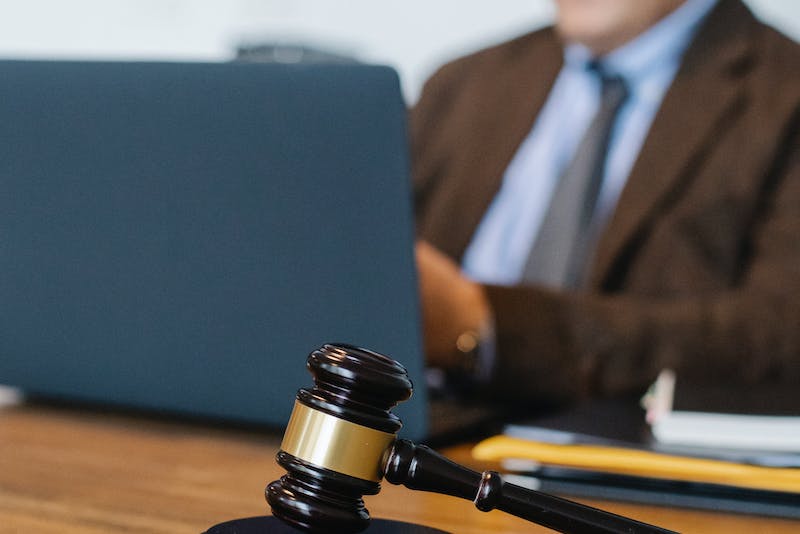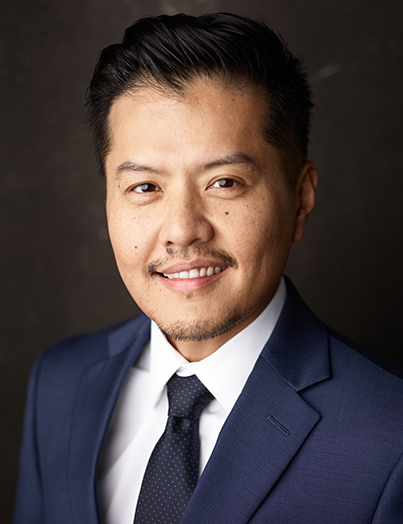Inside California Civil Lawsuits: The Basics of the Civil Litigation Process

For those involved in employment disputes or breach of contract claims, civil litigation may be your last resort in seeking accountability and compensation for the harm suffered.
However, for many employees or business professionals, lawsuits remain complex, expensive endeavors navigated largely through guesswork.
Even in the initial phases of consulting attorneys, lack of experience with the civil litigation process can leave you overwhelmed and vulnerable.
Where do I start? What steps come next? How long could the whole case take?
To empower individuals and companies to make informed choices when weighing their legal options, our attorneys will walk you through the California civil litigation process.
The Complaint Sets Litigation in Motion
The first official step in initiating formal legal action falls onto plaintiffs who file an initial “complaint” with the court detailing:
- the operative facts of the defendant’s violations
- the incurred harm it caused the plaintiff and
- specific laws or contractual agreements violated
Once served with the complaint, the Defendants must respond with their “answer” within strict time limits.
Instead of serving their Answer, the defendants might file motions that challenge the legal validity of the plaintiff’s claims or clarify legal claims contained in the Plaintiff’s Complaint.
While seemingly straightforward, countless cases hinge entirely on these initial filings being perfectly drafted.
The Discovery Phase Involves Gathering Evidence
After the initial pleadings stage, cases enter the “discovery” process. During the discovery process, the parties gather evidence; civil cases are lost and won during the discovery stage.
Both sides are entitled to:
- Discover what documents the other side has
- Request and respond to written questions from the other side
- Examine records, and
- Take sworn oral testimony through depositions in building their case
Even third-party witnesses may be called to testify at deposition and produce relevant documents.
During discovery, each legal team tries to gain a strategic advantage over the other side while also protecting their own clients. Savvy legal teams position themselves for victory at trial by thinking long-term during this evidence-gathering collection Discovery process. Their goal is to uncover all evidence supporting their claims before trial.
Discovery concludes 30 days prior to a case’s trial date. This “discovery cutoff” deadline requires that both parties finish gathering evidence and final discovery responses before their trial date. To meet the cutoff deadline, parties should initiate their discovery requests at least 30 days before the close of discovery so that responses are received within the discovery cutoff deadline.
Mediation Aims to Avoid Drawn-Out Courtroom Dramas
Mediation is an alternative dispute resolution process that parties can voluntarily engage in to reach settlement agreements instead of going to trial. In mediation, a neutral third party facilitates confidential negotiations between plaintiffs seeking relief and defendants seeking certainty.
Parties sometimes agree to mediation on their own. Other times, judges may order the parties to engage in mediation, recognizing that mediation may be a good option instead of awaiting the typical delays associated with setting a case for trial.
In mediation, a neutral professional mediator facilitates confidential negotiations between the parties. The goal is finding middle-ground resolutions to address the core complaint rather than airing all grievances publicly in lengthy courtroom battles.
The focus is pragmatic, real-world problem-solving rather than upholding lofty ideals of absolute justice. If reasonable agreements are reached, cases conclude on the spot without the need for trials declaring winners and losers. If the parties are unable to settle, the case proceeds to trial. Mediation offers a faster path towards informal resolution – if both sides demonstrate willingness to engage meaningfully in negotiations.
Trials Are Where Civil Cases Reach Resolution
Cases that do not settle in mediation will proceed to trial. Before starting the trial, each side will submit official “briefs” to the judge assigned to preside over the trial. The brief includes, among other things, a summary of their legal arguments, operative facts, and key supporting evidence.
Two primary trial formats exist: bench trials and jury trials. Non-jury “bench” trials involve judges solely rendering rulings after reviewing legal briefs outlining central arguments and evidence.
However, most trials happen before a sworn jury of the parties’ peers, who reside in the County where the case is at trial. That jury is directed to issue decisive rulings on case merits.
Before jury trials begin, lawyers voir dire the jury pool by questioning the potential jurors to ensure they are not biased and are qualified to serve.
The Stages of a Jury Trial
Once trials begin, lawyers present opening statements to the jury that summarize their planned evidence and statements from witnesses.
The trial unfolds in three phases:
- The plaintiff presents witnesses stating the defendant clearly harmed them, and they deserve compensation. The defense then cross-examines them, trying to undermine the witnesses’ credibility and version of events by exposing doubts or inconsistencies.
- The defendant presents their case with evidence and witnesses, painting an alternate story denying wrongdoing that counters key points made by the plaintiff’s witnesses earlier. Occasionally, the plaintiff gets to call a final rebuttal witness to cast doubt back on a key defense claim before closing statements finalize each side’s plea.
- The judge instructs the jury on how to fairly evaluate all the competing stories and evidence under the relevant laws. The jury then deliberates privately and returns a final verdict declaring which party they believe should win under those legal standards – along with any compensation awarded. Their verdict aims to deliver justice after carefully assessing the truth around conflicting accounts of what originally transpired.
Why Most Civil Lawsuits Settle Before Proceeding to Trial
Despite the courtroom drama you see on TV, the majority of real-life civil lawsuits settle out of court before reaching a full trial. Out-of-court settlements mark the end of many of today’s legal disputes.
Trials are often expensive and time-consuming, even in the most routine cases over straightforward damages or the simplest contracts. Faster resolution happens through compromise. Both sides have incentives to curb rising legal bills from court delays by reaching mediated deals.
At TONG LAW, our lead attorney, Vincent Tong, has taken three cases to trial, serving as lead, co-counsel, and second chair. This direct litigation experience provides an advantage when fighting for you in settlement negotiations or taking your case to trial.
Don’t Go It Alone – Schedule Your Consultation Today
Handling employment or business legal disputes feels frustrating and confusing for most people. As deadlines pass, you may feel more and more lost trying to navigate the complicated court system alone.
At TONG LAW, we guide you through the litigation process, advocating for your rights. We explain your legal options and construct strong cases aligned with the evidence and laws.
If there is a path to a fair resolution or victory, we help you find it. If the case has flaws, we provide sound advice to avoid wasting time and money. Our goal is to help everyday people through an overwhelming system – either positioning them for a favorable settlement or fighting for justice in court if necessary.
Please reach out to TONG LAW for a consultation today.
